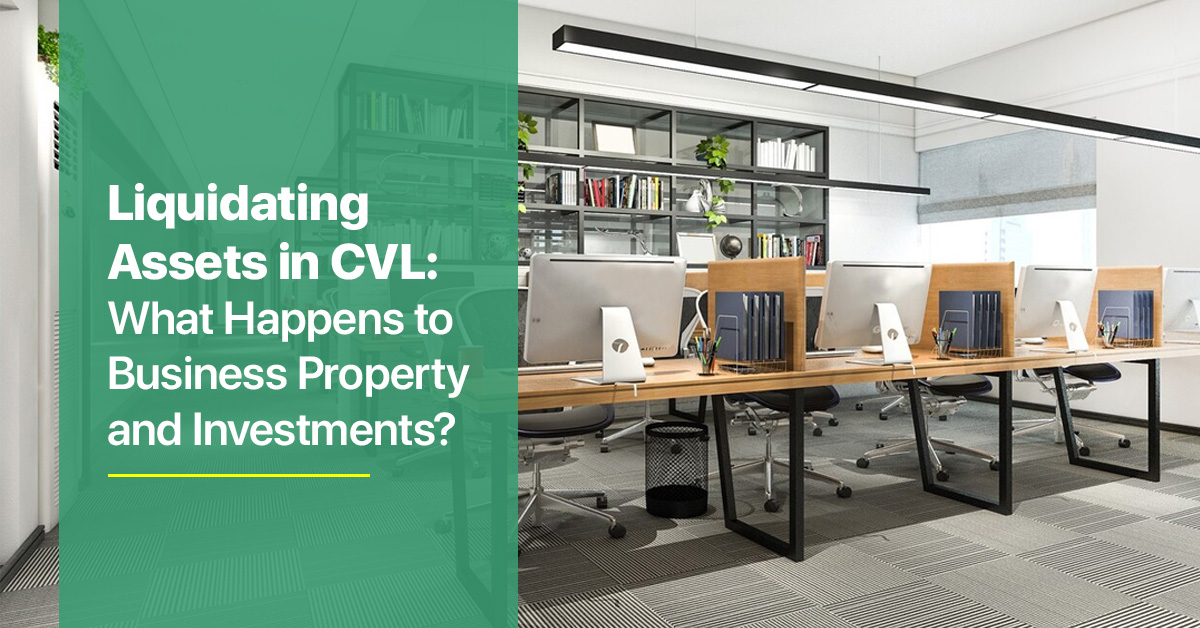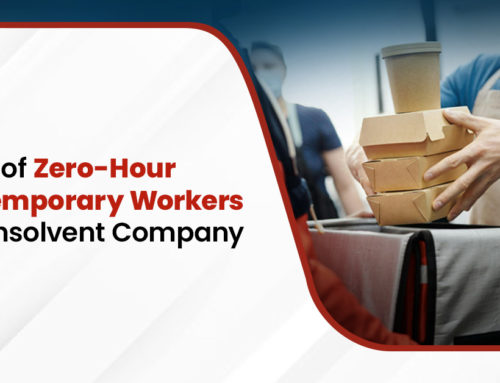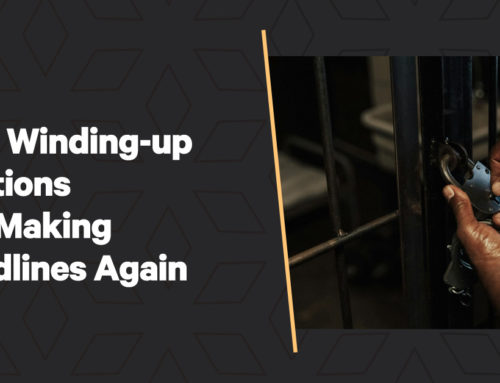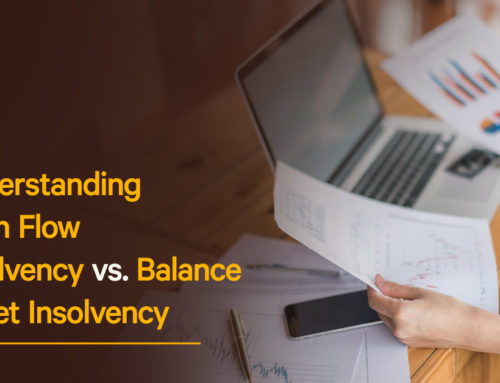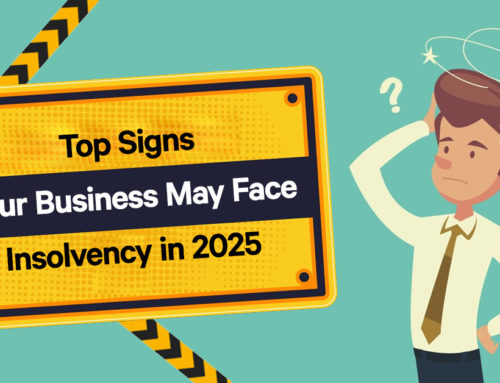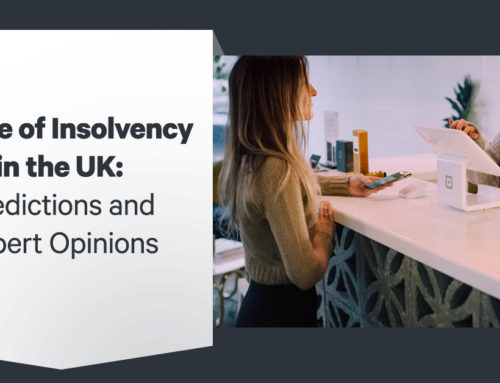Liquidating assets in a CVL (Creditors’ Voluntary Liquidation) is a significant step for any business. It marks the point when a company, guided by an insolvency practitioner, opts to bring its affairs to an orderly end. The process can be complex, involving the disposal of business property and investments to meet creditor claims. This article will cover liquidating assets in CVL and how the process ensures fair distribution among creditors.
Understanding CVL
A Creditors’ Voluntary Liquidation (CVL) is not undertaken lightly, as it signifies a company’s inability to continue due to insolvency – where liabilities exceed assets, and it can no longer meet its financial obligations. This path is chosen when company directors conclude that the business has no viable future and decide that liquidating assets in a CVL is the most responsible course of action to mitigate further financial damage. It’s a decision that involves a thorough review of the company’s accounts, an assessment of all possible recovery options, and consultation with financial and legal advisors to ensure all other avenues for saving the company have been exhausted.
Following the decision, the directors must convene a meeting of shareholders to pass a resolution for voluntary winding up. The next critical step in the CVL process is appointing a licensed insolvency practitioner who assumes the role of liquidator, responsible for overseeing the entire process. This professional acts as the lynchpin in the CVL, ensuring the company’s affairs are wound up methodically and following legal requirements. They manage the liquidation process, from the cessation of business operations, through the sale of assets, to the final distribution of proceeds to creditors and, ultimately, the striking off of the company from the Companies House register. During this period, the liquidator must protect the interests of all creditors and ensure the equitable distribution of the company’s assets, reflecting the underlying principle of fairness that underpins the CVL process.
The Role of the Insolvency Practitioner
The insolvency practitioner, as the appointed officer in a Creditors’ Voluntary Liquidation (CVL), carries the critical responsibility of converting the company’s assets into cash – this is the essence of liquidating assets in CVL. Their role is to identify, value, and sell off the company’s property, stock, and any other assets transparently and fairly. The aim is to generate the maximum possible returns for creditors who are owed money by the business. This delicate process is meticulously governed by UK insolvency law, which prescribes the order in which creditors are to be paid and ensures that the proceeds from the liquidation are distributed justly and proportionately among them. The practitioner must adhere to these statutory rules and regulations to maintain the integrity of the process and uphold equitable treatment for all creditors involved.
Liquidating Assets in CVL: Business Property
Business property includes any real estate and tangible goods owned by the company. When liquidating assets in CVL, property can be sold through auctions, private sales, or real estate agents. The insolvency practitioner will evaluate the best method to maximise returns. Funds from the sale of business property are then distributed to creditors in order of priority, as set out by UK insolvency law.
Liquidating Investments
When a company enters a CVL, its investment portfolio, which may include stocks, bonds, and other financial instruments, must be addressed. The insolvency practitioner’s role extends to overseeing the liquidation of these investments, often collaborating with specialised investment brokers to ensure they’re sold at optimal prices, reflective of the prevailing market conditions. They aim to maximise the financial return from these assets, thereby increasing the funds available for distribution to the company’s creditors. This task requires a strategic approach to timing and sales tactics to achieve the best possible outcome in fluctuating and unpredictable financial markets.
Prioritising Creditors
UK law establishes a clear hierarchy for paying creditors. Secured creditors with a charge over company assets are paid first. If funds remain, they go to preferential creditors, including certain employee claims. Subsequently, unsecured creditors are paid, and if any funds remain they’re distributed among shareholders.
The Impact on Stakeholders
Liquidating assets in CVL can be challenging for all stakeholders involved. Directors must come to terms with the end of their business, employees face a job loss, and creditors may not recover all they’re owed. The insolvency practitioner is tasked with balancing these interests fairly and compassionately.
The Final Stage: Dissolution
After the assets are liquidated, and the resulting funds distributed among the creditors, the final act in the CVL process is the dissolution of the company, effectively rendering its legal existence null and void. This is a formal procedure that signifies the end of the company’s lifecycle, ensuring that it is officially struck off the Companies House register. The insolvency practitioner is entrusted with the meticulous task of completing and filing all necessary documentation, including final accounts and reports, to comply with statutory obligations. They must also ensure that all legal formalities are observed so that the dissolution is carried out smoothly, marking the conclusion of the liquidation process and the termination of the company’s legal and commercial activities. This step is crucial as it provides a clear endpoint to the company’s affairs, allowing for a transparent and orderly closure in the eyes of the law and the company’s stakeholders.
Help on the Horizon
Liquidating assets in a CVL is a detailed process that ensures business property and investments are sold to pay as much of the company’s debts as possible. It is a structured approach to closing a business that safeguards the interests of creditors and maintains legal compliance.
If you’re facing financial difficulties and considering a CVL, it’s crucial to seek professional advice. At Leading UK, we understand the complexities of liquidating assets in CVL. Our expert team is here to guide you through every step of the process, so call us at 01603 552028. Our experienced team is ready to support you with personalised solutions tailored to your business needs. Don’t navigate this alone; contact us today for a consultation.

